It’s a smart decision to grow your own cruciferous vegetables as you will reap advantages. These won’t only act as a supply of foods but also provide different health benefits found in them.
From the leafy greens to the flower-like vegetables, these foods are rich in nutrients. Vitamins like B-vitamin (folate), C and E, fiber, antioxidants, carotenoids, anti-cancer properties and other minerals are the good stuff that cruciferous vegetables give to your body.
Thus, planting them in your own backyard is a huge plus.
Top 18 Cruciferous Vegetables
1. Arugula

Arugula is a good example of cruciferous vegetables that is full of antioxidants. This is among the favorite ingredients used by lots of chefs around the world as it’s common to sprinkle on pizza, blend with other vegetables in salad greens and throw in some stews.
This plant is a low growing one and annual that thrives best in cooler climates.
2. Bok Choy
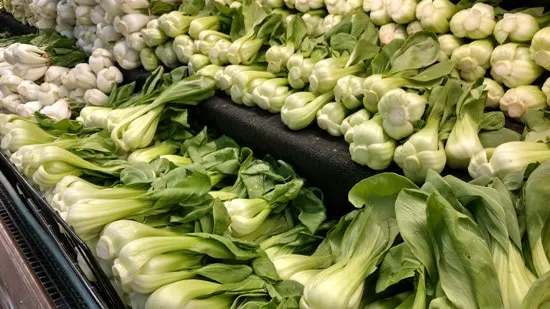
One of the cruciferous vegetables that grow in cool season is the bok choy. This frost hardy biennial plant is packed with antioxidants, such as vitamin C, vitamin E and beta-carotene, that are good for the health primarily in protecting your cells against free radicals.
Despite the selective weather it needs, this vegetable is easy and simple to grow. It needs to be planted deep in rich and fertile soil with good drainage.
3. Broccoli
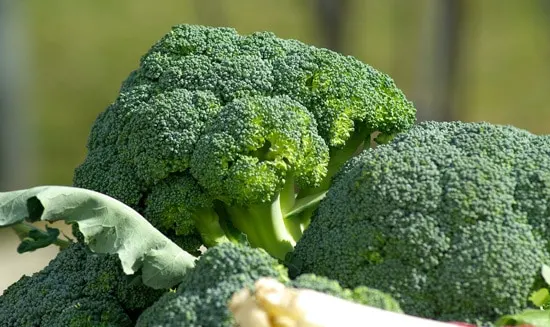
A favorite vegetable by many, broccoli presents itself with a delicious taste whether steamed, grilled or baked. Like most cruciferous vegetables, this is filled with nutrients.
It’s basically one of the top foods when it comes to antioxidants. The best season to plant this is when the weather is cold. It is likewise easy to grow this even indoors.
You just make sure to mix with soil pellets or any seed starting mix and deeply place in fertile soil.
4. Brussel Sprouts
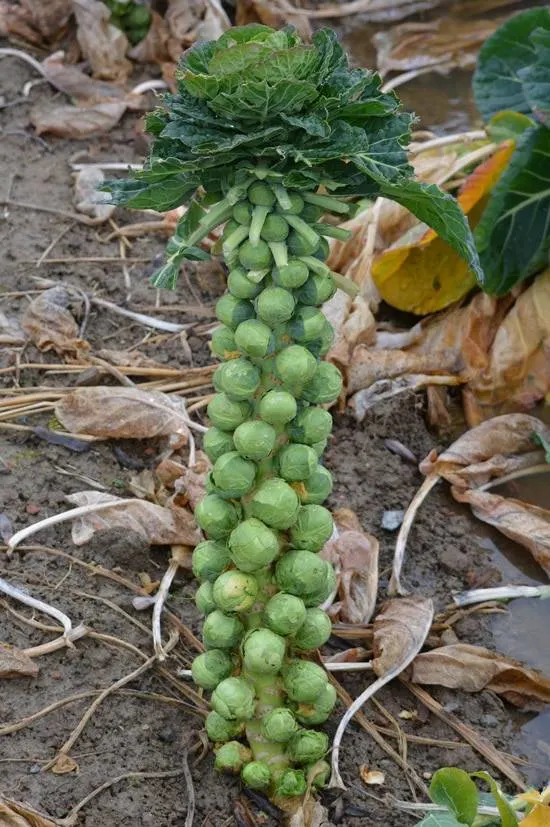
Raw or cooked, Brussels sprout is a tasty vegetable that is worth planting for in your own yard. Not to mention that it’s cute to see a grown one and pick each of those small cabbage-like green balls.
Of course, this is rich in nutrients that help ward off diseases and infections. However, unlike some cruciferous vegetables, this takes a much longer period of time before it matures.
It is imperative to grow this during summer or at least 3 months before the first frost.
5. Brussel Sprouts
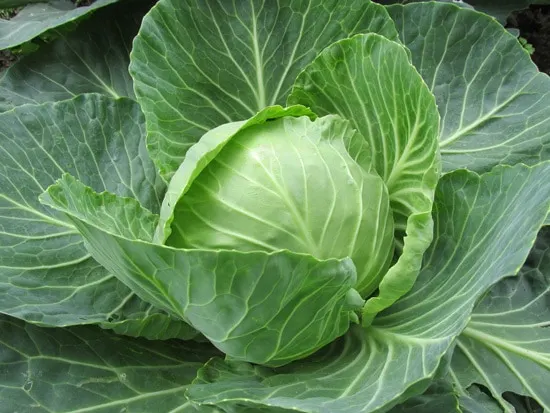
One of the super easiest to grow cruciferous vegetables is cabbage. But this requires enough space as it can grow with a large flowery foliage.
This needs fertile soil with exposure to full or partial sunlight. Depending on the variety, the location and season are also important to keep in mind.
Whether sautéed, stir fried or steamed, this vegetable provides vitamin C, manganese, iron and other essential minerals and antioxidants.
6. Cauliflower
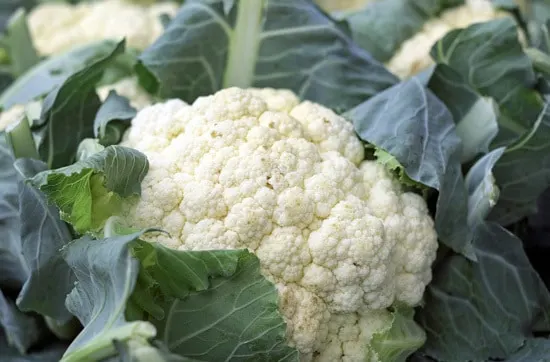
Cauliflower belongs to the family Brassicaceae, which also includes other favorite cruciferous vegetables like broccoli. In fact, this is nicknamed as heading broccoli.
It is as easy to grow it but instead of multiple side shoots, this vegetable can produce only one. It is an essential food because it contains flavonoids, carotenoids and vitamin C.
7. Chinese Cabbage
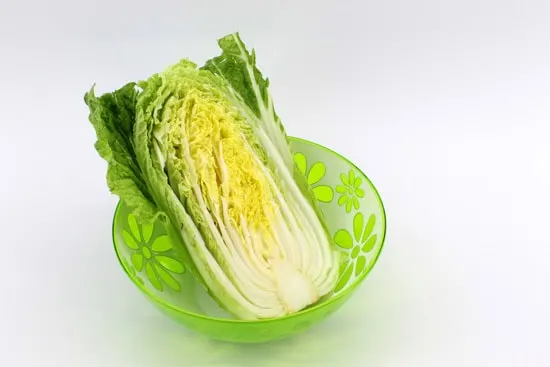
This oriental cruciferous vegetable is botanically similar to bok choy. Also, it has tender thick vein leaves that look like lettuce. This is a common ingredient in sandwiches, salads, and South Korea’s traditional kimchi. Yes, it is also full of antioxidants that are good for the health.
Planting Chinese cabbage is manageable given the soil is fertilized beforehand and well drained. This is best grown from late summer to fall or first weeks of winter. But you may also sow during frost indoors.
8. Collard Greens
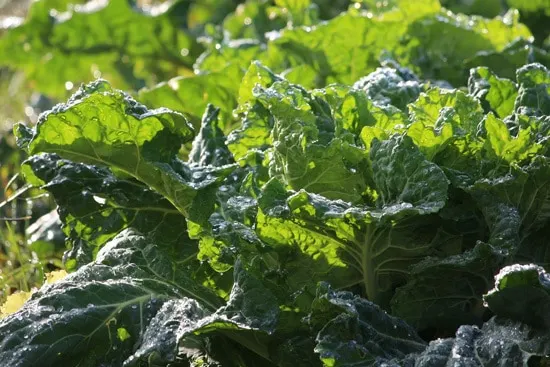
Rich in vitamin C, beta carotene and fiber, collard greens is another type among cruciferous vegetables that you can grow at home. This leafy vegetable plant works best in the cool season, starting from late summer to early winter.
Surprisingly, it tolerates frost and further improves its flavor. To add that, this grows in zones 6 or below.
9. Garden Cress
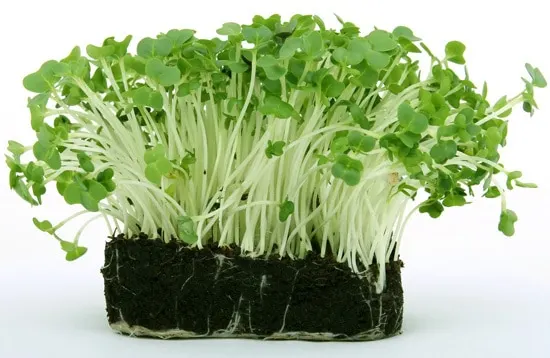
Among the most manageable cruciferous vegetables to grow, garden cress is a mounding plant that requires minimal care. This perennial plant grows up to 2 feet tall showcasing white thin stems with green feathery-like leaves, both are edible whether raw or cooked.
Commonly used in making salads, sandwiches and soups, these sprouts are full of nutrients, which include vitamin A, vitamin D and folate.
10. Kale
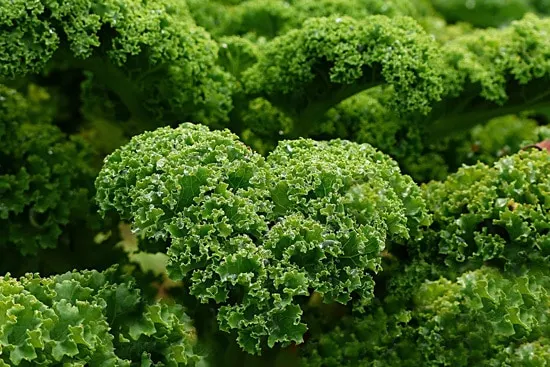
Complete your cruciferous vegetables garden with kale. Rich in vitamin A, vitamin C, iron, beta-carotene, polyphenols and flavonoids, this plant is a favorite ingredient in making salads, sautéing a family dishes and even as a crunchy snack.
For best growth and abundance, this must be sown in well-drained soil, although it works for almost any types, with full sun but not hot weather.
11. Kohlrabi
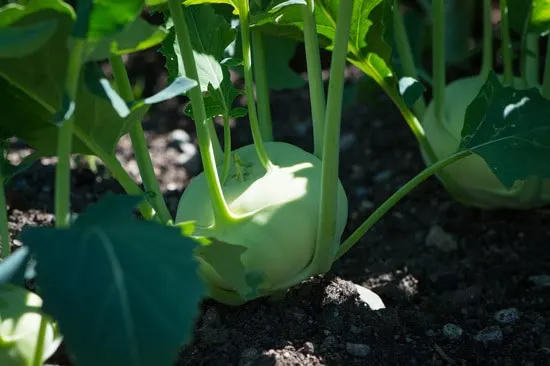
It is also easy and manageable to grow kohlrabi. This cruciferous vegetable can be planted indoors during the first 4 to 6 weeks.
Once the weather is much cooler, you can transplant outdoor to get the sun it needs. This requires rich, well drained soil to mature at the right time and can be harvested after a few weeks.
It is a great source of vitamin C, anthocyanins, glucosinolates and isothiocyanates, which reduce the risk of certain diseases.
12. Komatsuna
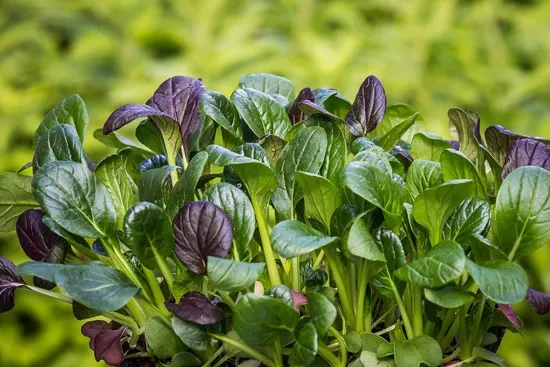
Commonly known as Japanese spinach, komatsuna is one of the low maintenance cruciferous vegetables you can grow. It is also among the scrumptious, nutrient packed greens.
It contains vitamin C, beta-carotene, calcium and sulforaphane that is effective in fighting off cancer cells. This hardy plant is biennial that is able to thrive in cold temperature, but can also tolerate drought however too much heat is not advisable.
13. Radish
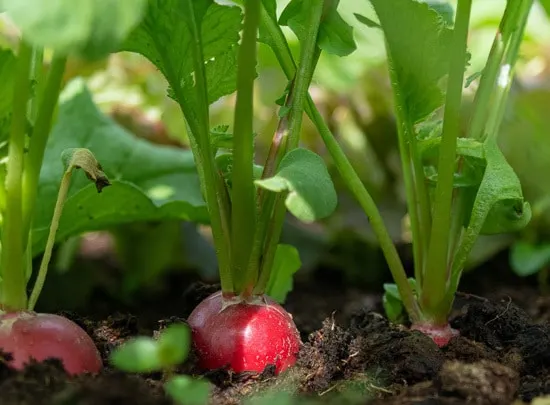
The peppery and spicy flavor as well as the crunchy and tasty texture of radish is what make it common to many dishes, especially salads. The vibrant red color acts as an additional accent to other meals as well.
Like many cruciferous vegetables, this crop plant is packed with nutrients including vitamin A, vitamin B6, vitamin C, vitamin E, fiber, zinc, calcium, iron, copper, potassium, and antioxidants. This is manageable to grow in moist soil and cool weather.
14. Romanesco Broccoli
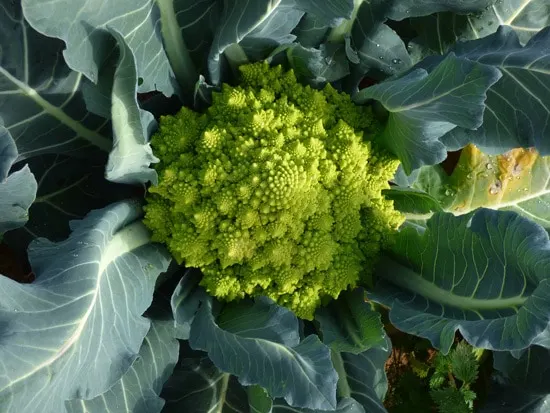
While you may think that this is a broccoli from other planet, Romanesco broccoli is a real vegetable included in the cruciferous family.
Also known as brassica Romanesco, Roman cauliflower and Romanesque cauliflower, this vegetable offers not only a unique look ideal to accentuate a meal but also nutrient packed from dietary fiber to protein. It thrives in zones 3 to 10 and tolerates temperate climates.
15. Tatsoi
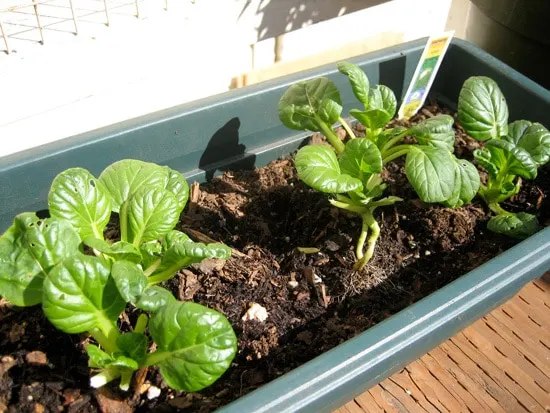
Otherwise known as spoon or spinach mustard, tatsoi is another example among the easy to grow cruciferous vegetables that offers it spoon shaped and mustard-like flavor leaves used in many salad dishes.
This annual plant is well grown in cool weather. It is a great food supply as it provides vitamin A, vitamin C, calcium, iron, potassium, beta-carotene and phosphorous.
16. Turnips
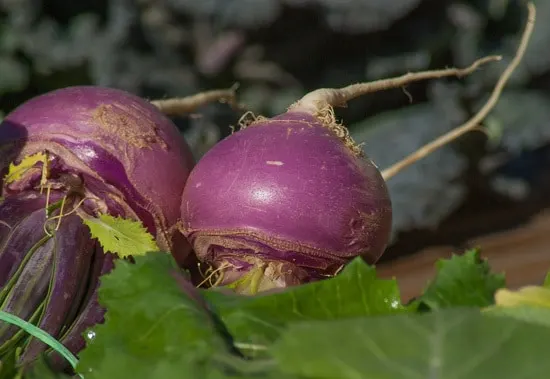
Red or white, turnips are an incredible crop vegetable as it’s a great source of many vitamins and minerals, as well as fiber, protein and omega-3 fatty acids.
As one of the cruciferous vegetables, this can be planted in the summer to fall. It needs rich, well drained soil in full sun. It must also be given at least 4 inches apart to have enough room for the roots to grow.
17. Wasabi
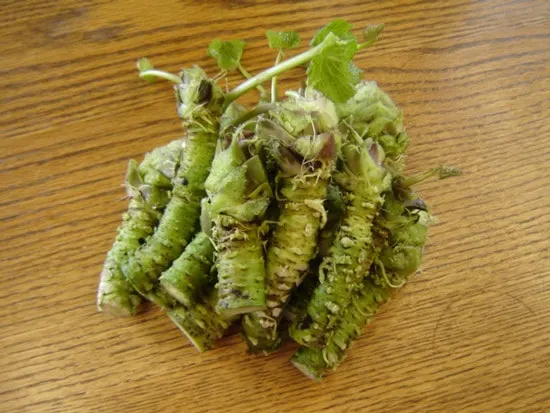
For sushi lovers, wasabi is a known secret ingredient to making this favorite Japanese dish more fun and real hot. Interestingly enough, this can be grown in stream beds, which is very common location in Japan that is suited for this vegetable.
It is a perennial root vegetable that can also be a source of vitamin B6, vitamin C, fiber, calcium, potassium, manganese and magnesium.
18. Watercress
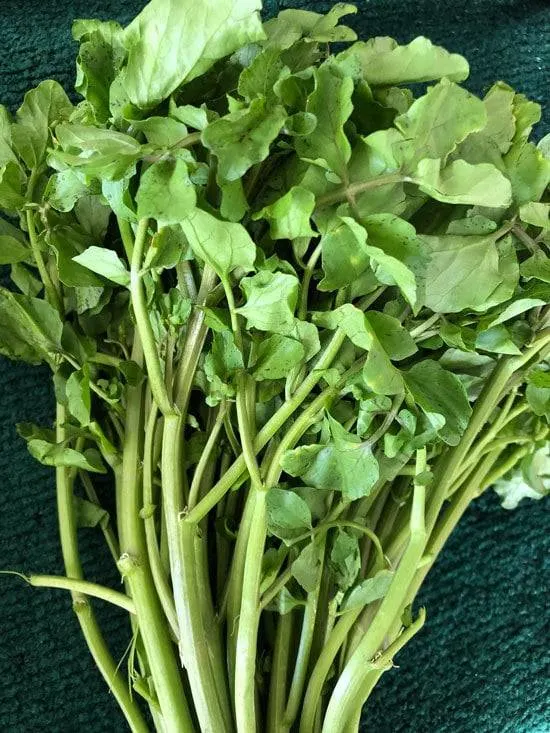
Among the cruciferous vegetables that’s often used in salads, watercress offers vitamin A, vitamin B6, vitamin C, vitamin E, vitamin K, calcium, iron, folate, potassium and thiamin.
This perennial leafy vegetable can be sown in wet soil, hence the name. It also requires full sun and thrives in moderately cool temperatures. Both the leaves and stems are edible.
Conclusion
There’s absolute goodness in growing and harvesting cruciferous vegetables. You basically get a good amount of certain nutrients that are very essential in optimizing health and reducing the risk of illnesses.
Whether you are into leaves or roots, adding these plants to your garden for personal consumption is a practical idea. Of course, these can be grown for commercial purposes too, as they are continuously in demand on the market.
